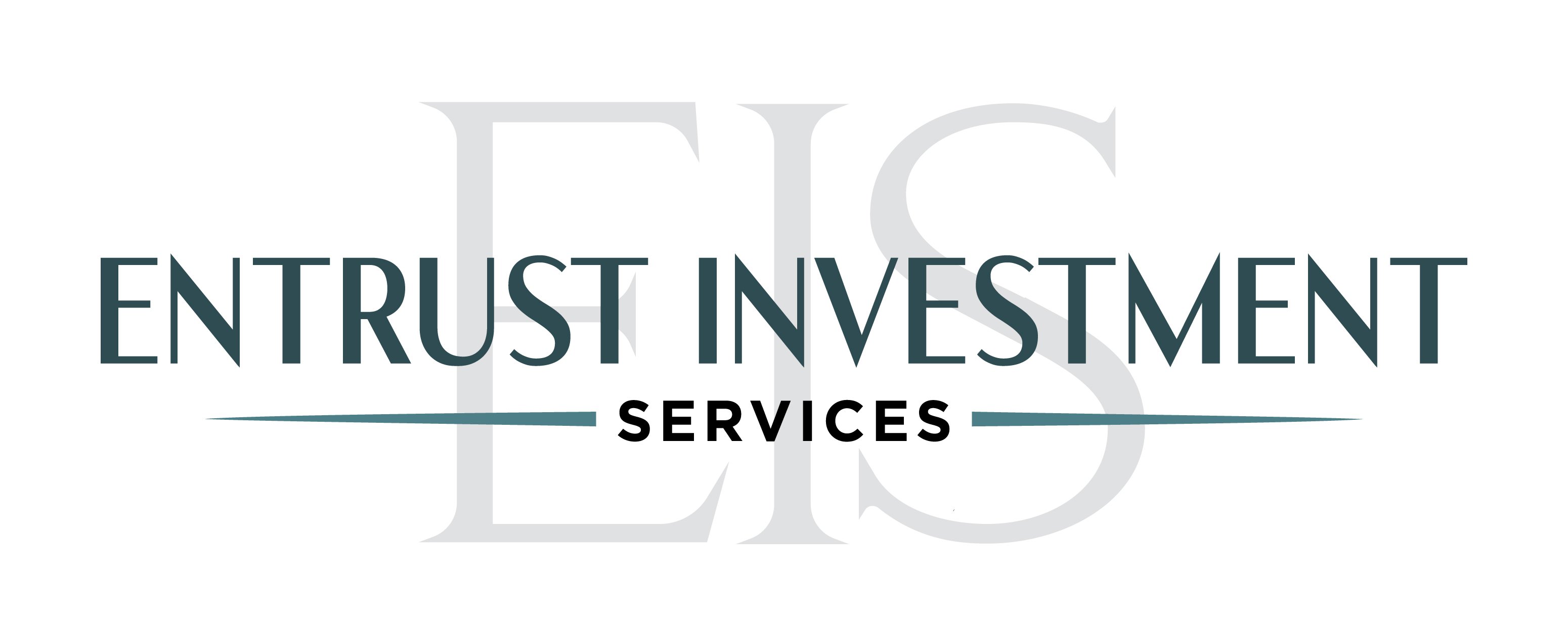Introduction
If you're nearing retirement or simply in search of a more conservative investment strategy, building a laddered portfolio of individual bonds may be the right move for you. This guide aims to offer a comprehensive understanding of how to assemble and manage such a portfolio, paying special attention to different types of risks and how to mitigate them.
Setting the Stage: Meet Mr. Smith
Let's consider the example of Mr. Smith, who is planning to retire in three years. His goal is to secure an annual income of $38,000 from his investments, complementing his $41,288 Social Security Income, and a modest pension of $9,600. Mr. Smith has $750,000 in a 401k, which he plans to roll into an IRA for more investment freedom. His strategy revolves around constructing a laddered bond portfolio, designed to generate a consistent income of $3,167 per month. This example will help frame our discussion as we delve deeper into the nuances of bond investment.
Why Laddering Bonds is a Game-Changer
The laddering approach involves buying bonds that mature at different intervals—annually, in Mr. Smith's case—over a set period. The period for the bonds to mature can vary based on many factors such as concerns for future interest rates, inflation concerns, and coupon rates from the bonds themselves. Bond Ladders are commonly built to extend between 3 and 15 years. This technique offers two primary benefits:
- Mitigating Interest Rate Risk: By diversifying maturity dates, Mr. Smith has the flexibility to reinvest in higher-yielding bonds should interest rates rise. Conversely, if rates fall, not all his investments will be affected at once.
- Reducing Reinvestment Risk: Laddering also lessens the impact of reinvestment risk—the risk that future yields may not provide sufficient income. By continuously reinvesting maturing bonds, Mr. Smith can adapt to the interest rate environment of the time.
Depending on your own expectations about future interest rate movements, the length of your bond ladder can be adjusted. Shorter ladders of around five years can be beneficial if you anticipate rising interest rates, while extending the ladder to 10, 15, or 20 years can help if you expect rates to fall.
Controlling Payout Timing for Steady Income
One often overlooked aspect of bond investing is the timing of coupon payments, especially for retirees like Mr. Smith who need a consistent monthly income. Bonds can have different coupon payment schedules: semi-annual, quarterly, and even monthly. Zero-coupon bonds don't pay periodic interest at all; they only pay out at maturity.
For someone like Mr. Smith, who requires a consistent monthly income, a portfolio that diversifies not just in terms of bond ratings and maturities but also in payment frequencies can be beneficial. By selecting bonds with overlapping payment schedules, he can ensure that his income stream is not just reliable but also practically continuous. This attention to payout timing adds another layer of sophistication to his portfolio while meeting his income needs.
Therefore, for Mr. Smith, bonds that pay out monthly or quarterly would be most appropriate. By carefully selecting bonds with different but overlapping payout schedules, he can structure his portfolio to receive nearly continuous cash flow, meeting his monthly income goal of $3,167.
The Importance of Bond Ratings and Maturity Dates
Before diving in, it's crucial to understand bond ratings. These ratings range from AAA to D, with BBB- and above considered investment-grade. Bonds with an A rating or higher are generally considered low-risk but also offer lower yields.
Diversification is key in managing the risks associated with individual bonds. I recommend using lower-rated bonds for positions maturing in the shorter term (next 3 years) and higher-rated bonds for longer maturities (5 to 10 years or more). This approach balances the need for higher yield against the risk of default.
Constructing Your Portfolio: A Step-by-Step Overview
- Overview of Available Options: Start by identifying the bonds available through your brokerage institution.
- Assess Your Financial Goals: Evaluate your income or cash flow needs, as well as your risk tolerance.
- Risk Evaluation: Define the types of risk—interest rate, reinvestment, and inflation—that you wish to mitigate.
- Portfolio Construction: Based on the above considerations, begin selecting bonds that align with your financial goals and risk tolerance.
Ongoing Portfolio Management
Building a bond portfolio is not a one-off event; it's a dynamic process. Credit rating agencies frequently update bond ratings. If the rating of a bond in your portfolio changes, it may present an opportunity either to sell it at a premium or to reassess your risk. Monitoring interest rates and other market indicators can offer insights into when to adjust your laddered strategy.
Concluding Thoughts
Crafting a bond portfolio may require effort, diligence, and constant monitoring, but the financial stability it can offer is unparalleled, especially for retirees. If this sounds daunting, many financial professionals can guide you through the process—just be aware that their fees will eat into your returns. But whether you go it alone or seek professional help, a well-planned bond portfolio can be the cornerstone of a financially secure retirement.




